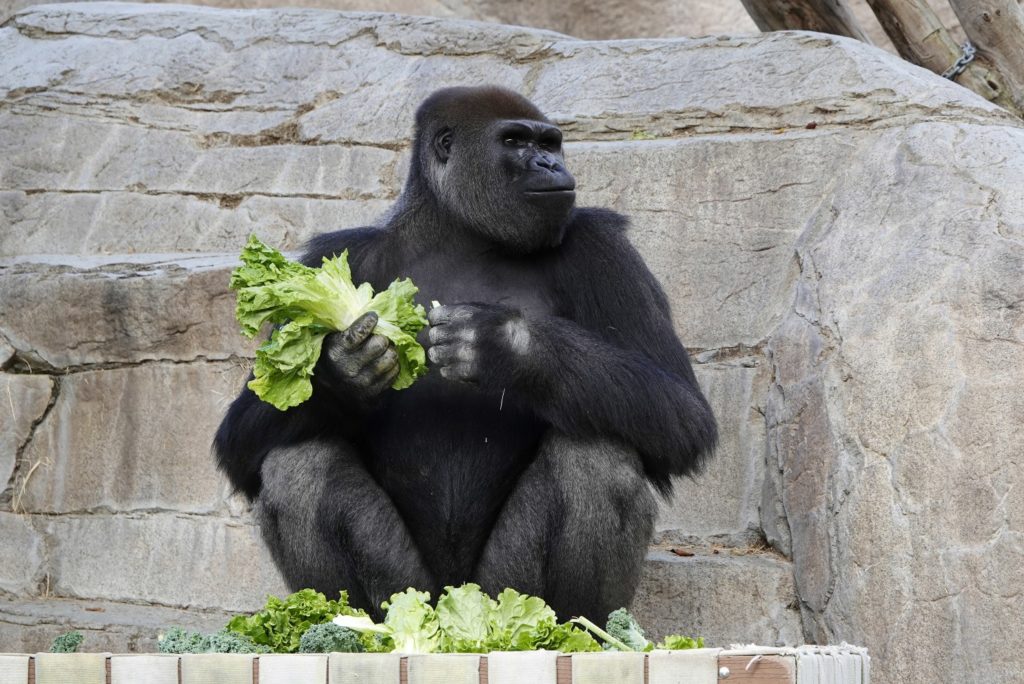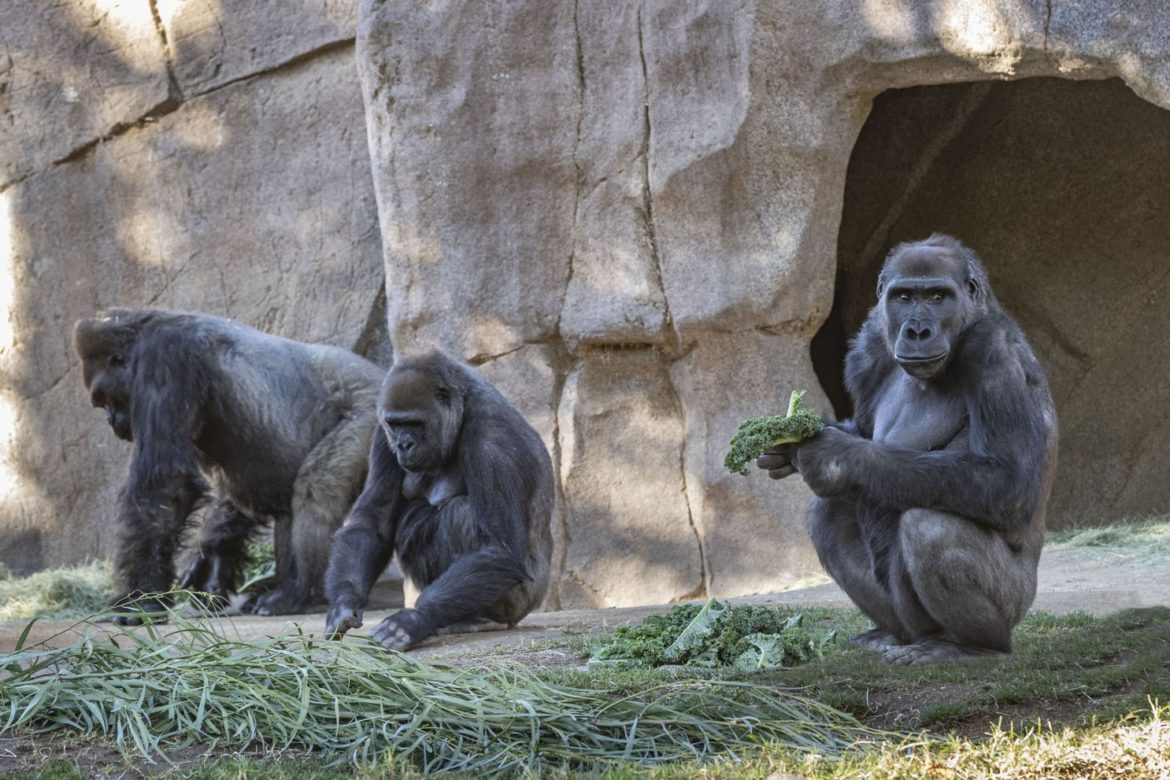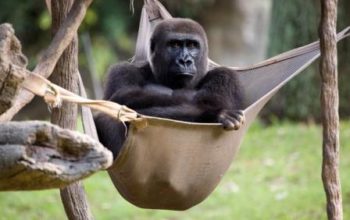Our fascination and love for animals resulted in spreading Covid to other animals. How we can be better

The following written content from David Quammen
The noises of nature sometimes carry broader meanings. The howl of a wolf signifies that wildness endures. The gronk of Canada geese moving south overhead reminds Americans to brace for winter. The sound of a coughing gorilla signals that Covid-19 is an even bigger problem than we thought.
Early last month, two gorillas started coughing at the San Diego Zoo Safari Park, a compound of open-air enclosures for wild animals, an annex to the city zoo but separate, out in an arid valley just east of Escondido. These gorillas were among a group of eight residing amiably there, on a patch of artfully constructed habitat known as the Gorilla Forest. Testing of fecal samples showed that SARS-CoV-2, the virus that causes Covid-19, was among them. It could only have come from a person.
Presumably those two gorillas, and maybe others in the group, had caught the virus from a zookeeper who was infected but asymptomatic. Precautions had been taken — staff wore personal protective equipment when they were near the animals — yet the virus got through. Still, these gorillas were lucky. Within a few weeks the sick individuals recovered well, although not before one animal — a 48-year-old silverback with heart disease named Winston — had been treated with monoclonal antibodies. Winston also got cardiac medication and, as a precaution against a bacterial infection, some antibiotics. Had he been a wild gorilla, without doting health care, he might well be dead.
For the evening news, this was a cute animal story with a happy ending. For certain biologists and veterinarians around the world, it was a small seismic tremor, the latest in a series, that reminded them of some ominous, little-recognized possibilities related to our pandemic event, which has already been tectonic.

Covid-19 is a zoonosis, meaning a disease produced by a virus or other pathogen that has spilled into humans from an animal. The animal of origin this time, as all the world knows, was almost certainly a bat. Scientists use another fancy term for when the spilling goes back, or onward, from a human to some nonhuman animal: anthroponosis.
There’s been a smattering of news accounts over the past year about anthroponotic transmission of SARS-CoV-2: human into mink on the fur farms of Denmark, resulting in rampant spread and cullings by the millions; human into tigers and lions at the Bronx Zoo in New York; human into snow leopards at the Louisville Zoo in Kentucky; human into another tiger at the zoo in Knoxville, Tenn. Read more from NY Times





